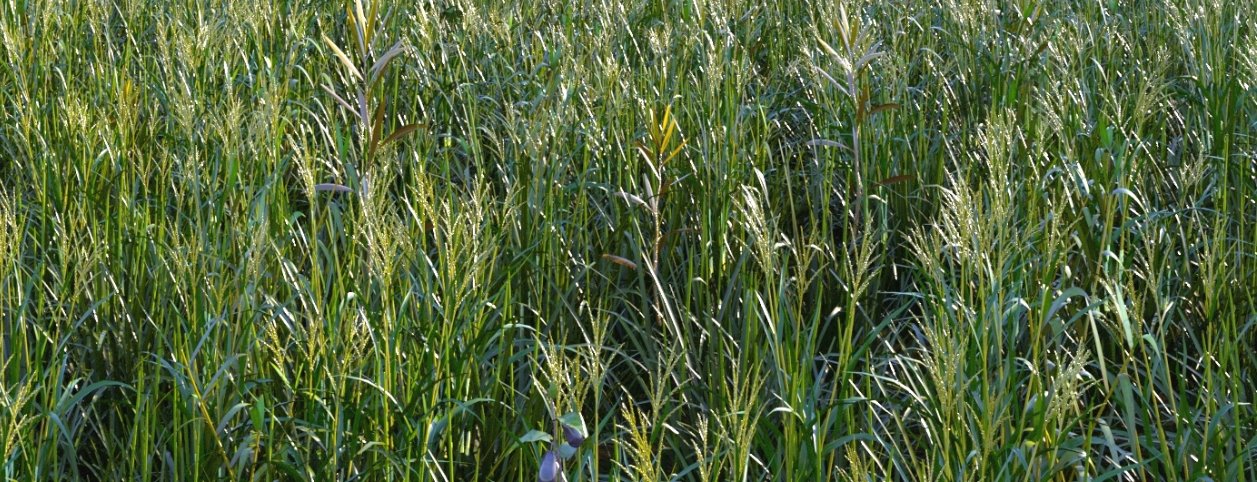3D Rendering in OTOY Octane Render
Octane Render by OTOY is a very interesting rendering tool. In general, rendering is slow progress if physically correct light interaction is to be resembled. One has to trace every light bounce through the scene for every ray of light. Needless to say, this takes long to calculate. And it takes so long because the light rays have to queue in front of the CPU in order to get rendered - like airplane passengers have to queue in front of the terminal gate. Octane Render solves this problem by using the graphics card (GPU) to render an image. Without going too much into details: this approach allows to open thousands of other terminal gates in addition to the one before, figuratively speaking. More technically speaking, the GPU is able to perform highly parallelized operations, i.e. as long as an operation is identical and only repeated a few thousand times, it can do all thousand operations in one go like opening a thousand terminal gates. Usually, if the GPU is to be used for rendering, then render engines have to be rewritten, the data management has to be revised. OTOY used nVidia's CUDA to code Octane Render, which is a language tailored to coding GPU operations.
Overall, in terms of interesting new technology, Octane Render is right at the top of the game. It exists as a plug-in for most commercially available render software and as a standalone version. There are even talks to take the lightmass calculation of Unreal Engine into Octane to speed it up. When Blue Budgie Studios tested Octane Render for landscape renders, the benchmarking was unbelievable. Without crunching numbers, if a render is started in VUE then there is time to go to the gym until it is finished. If a render is started in Octane, there is only time for a quick coffee. On the other hand, Vue is the more out of the box solution.



















